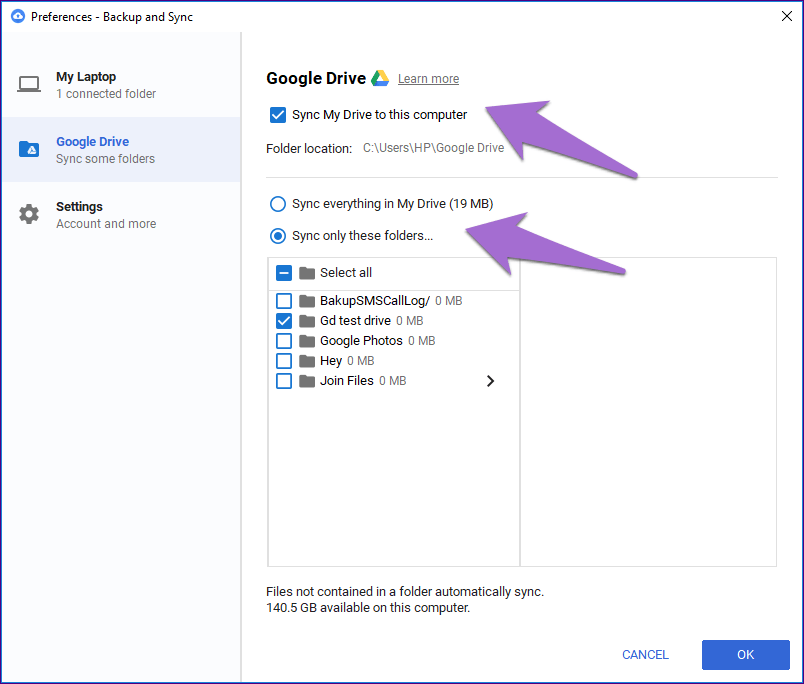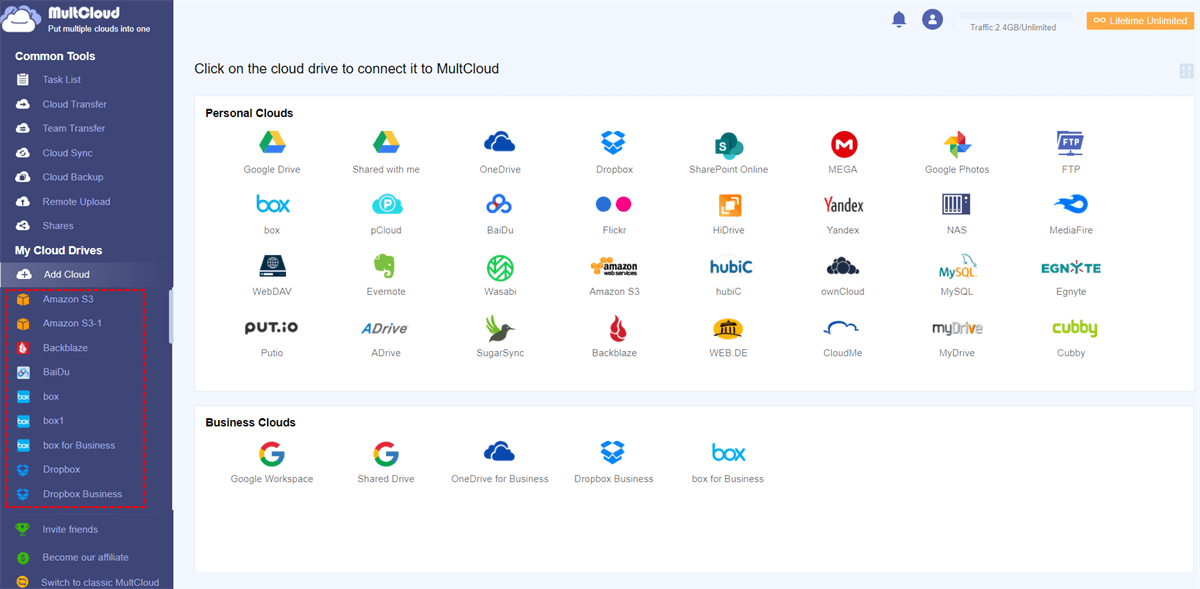


Everyone needs boundaries between their two digital lives. Conversely, if your coursework is staring you in the face, decompressing after a long day of studying can be harder. This is true whether you're engaged in remote learning or trying to do homework from in-person classes. If you are a student, you know how difficult it can be to focus on schoolwork in a home environment filled with life's distractions. This guide covers the process for a Windows 10 device, but Windows 11 is right around the corner and, once it launches, we'll update this story with any changes to the process. After all, Windows' share of the desktop market worldwide is about 73 percent, according to Statcounter, as of the time of this update. You can absolutely create separate accounts on Chrome OS-, macOS-, and Ubuntu-based computers, but the advice in this guide is specific to Windows users. This advice applies regardless of whether you or your child are learning from home full-time, part-time, or not at all. We also offer tips on how to organize a new user profile that's more suitable for education.

We show you how to set up a secondary account and choose the account type that best fits your needs. Whether you are a student looking for a boundary between your school and personal life or a parent who wants a distraction-free environment for your school-age kids, a separate education-only account on a Windows PC can help keep these worlds from colliding.


 0 kommentar(er)
0 kommentar(er)
